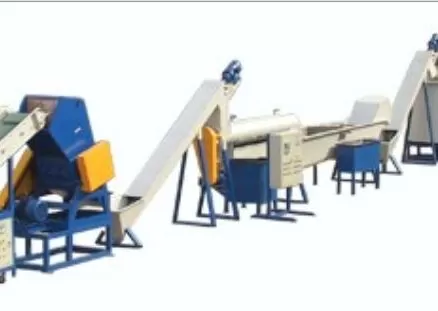Plastic pollution is wreaking havoc on our planet. PET, the material used in water bottles and packaging, is piling up in landfills, choking our oceans, and endangering wildlife. The worst part? It’s recyclable, yet so much of it goes to waste.

PET recycling is the process of transforming post-consumer PET plastics into reusable materials, often for new bottles or fibers. It’s an eco-friendly solution to reduce waste, conserve resources, and protect the environment.
But how does PET recycling work, and why should we care? Stick around—I promise, it’s more fascinating than it sounds.
What is PET and why is it so important to recycle it?
PET, or polyethylene terephthalate, is a lightweight, durable plastic used in everyday items like water bottles, food containers, and even clothing fibers. It’s loved for its versatility but loathed for its environmental impact.
Did you know PET is 100% recyclable? Yet, only about 30% of PET bottles in the U.S. make it to recycling centers. The rest? It ends up in landfills or worse—our oceans. Recycling PET helps close this loop, reducing waste and saving resources.
How does PET recycling actually work?
PET recycling isn’t just about tossing bottles into a blue bin. It’s a multi-step process that transforms waste into valuable resources.
- Collection and Sorting: Bottles are collected from recycling bins and sorted by material and color.
- Washing: Labels, caps, and leftover residues are removed using hot water and chemicals.
- Shredding: The clean bottles are shredded into tiny flakes, which serve as the building blocks for recycled PET (rPET).
- Repurposing: These flakes are melted and reformed into new products, such as bottles, carpets, or even textiles.
What are the challenges in PET recycling?
Recycling PET is not as straightforward as it seems.
Contamination is the biggest hurdle. Food residues, mixed plastics, or even the wrong type of label can render a batch unrecyclable. Plus, not all facilities have the advanced tech needed for efficient sorting and processing.
And let’s not forget about the costs. The recycling process can be expensive compared to producing virgin PET.
How can technology improve PET recycling?
Luckily, innovation is stepping in to tackle these challenges.
Advanced AI-driven sorting systems can distinguish PET from other plastics with remarkable precision. Chemical recycling methods are also emerging, breaking PET down to its molecular level for reuse, regardless of contamination.
What can consumers and businesses do to help?
We all have a role to play.
For consumers:
- Rinse your bottles before recycling.
- Stick to items with the recycling triangle symbol.
For businesses:
- Invest in sustainable packaging and promote recycling initiatives.
- Partner with certified recycling companies to ensure proper waste management.
Small actions can lead to significant change.
Why should we prioritize PET recycling now?
The clock is ticking. If we don’t take PET recycling seriously, the environmental and economic impacts will spiral out of control. Recycling one ton of PET saves 7.4 cubic yards of landfill space and reduces greenhouse gas emissions.
It’s not just about saving the planet—it’s about building a sustainable future for all.
Conclusion
PET recycling isn’t just a buzzword; it’s a necessity. By understanding the process, addressing challenges, and adopting better habits, we can make a real difference. Let’s turn waste into a resource and create a cleaner, greener planet together.
